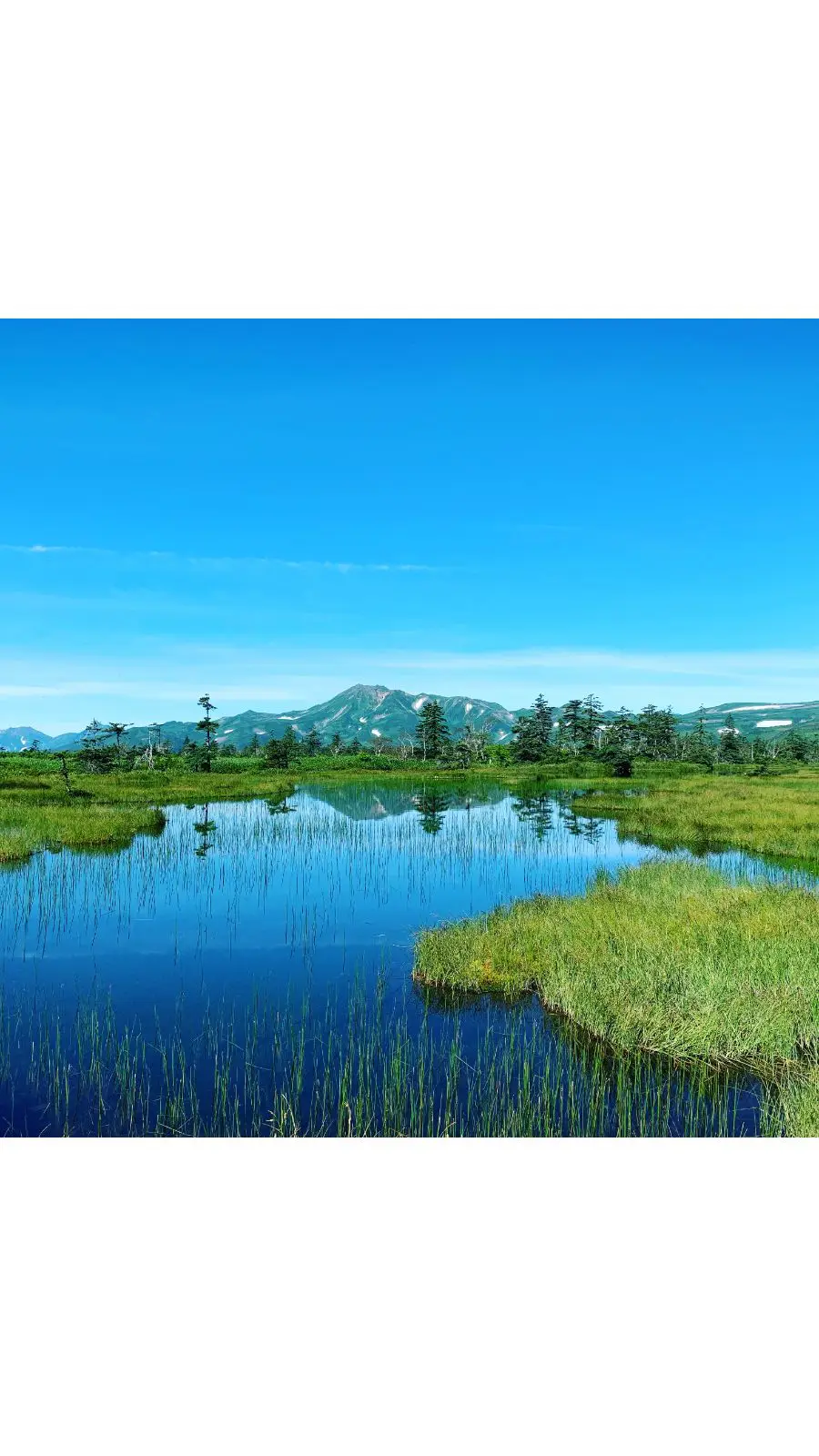About Risk Management
One of the most common questions we get asked from guests who are new to the mountains is, “Can you guarantee my safety?” The short answer is no, I cannot.
All mountain activities have some level of risk. It is impossible to totally remove risk from mountain activities. I strive to manage and reduce the hazards that I are exposed to however, I cannot completely eliminate the risk.
A good guide is not just a professional skier or climber. The task they are most focused on is identifying hazards and managing risk to an acceptable level. This, as you can imagine, is a complex task that is done in a dynamic and often hostile environment. There is always a balance between meeting objectives without overly exposing people to high-risk factors.
Almost everyone has a different tolerance for risk. Someone new to the mountains may have a tolerance that is quite below that of someone who has been climbing or skiing for years. For instance, a school program or an introductory program may be operated with a very low tolerance for risk. A private guided day with someone who has a relationship with the guide and who has been in the mountains for years may have a more difficult objective albeit with a greater risk. Both can be done in a relatively safe manner but there is less room for error when there is greater risk acceptance.
There is a responsibility that comes with being in the mountains. This is shared between guides and guests and it is the responsibility of everyone to articulate what level of risk they are willing to take. If one doesn’t understand nor is able to readily identify the hazards this may be difficult to do and then it is up to the guide to explain the hazards and the risk management of such hazards. We all need to think about what our risk acceptance is and how we convey that to each other. If anyone feels that the risk is unacceptable, they need to speak up and let that be known. Typically speaking, the more uncertainty we are faced with the greater the risk appears.
Hazards in a mountain environment are a given. What we do and how we communicate risk management is integral to staying within our risk acceptance. This is a conversation that starts in trip planning and continues through to the end of the trip. Smart and informed decision making doesn’t guarantee safety, but it does make us safer.

